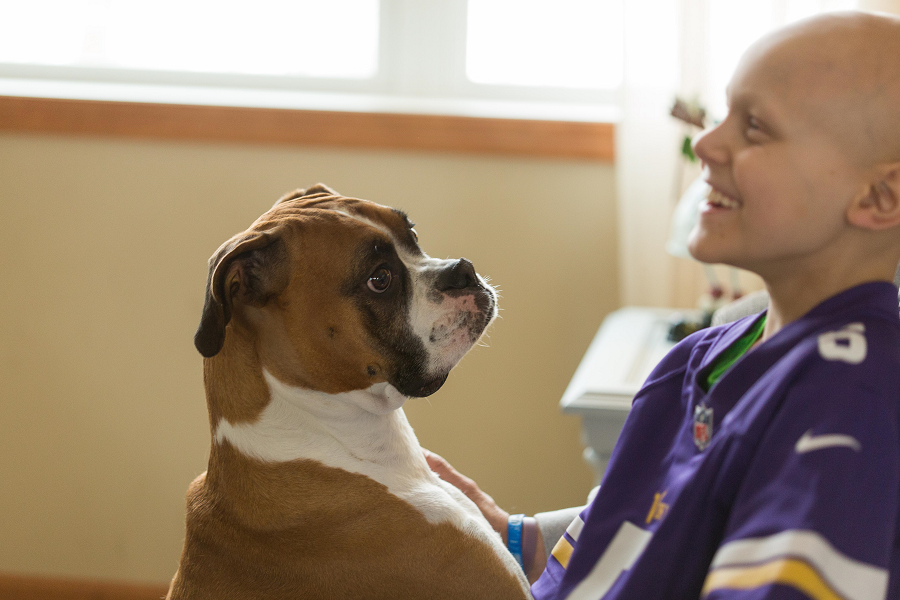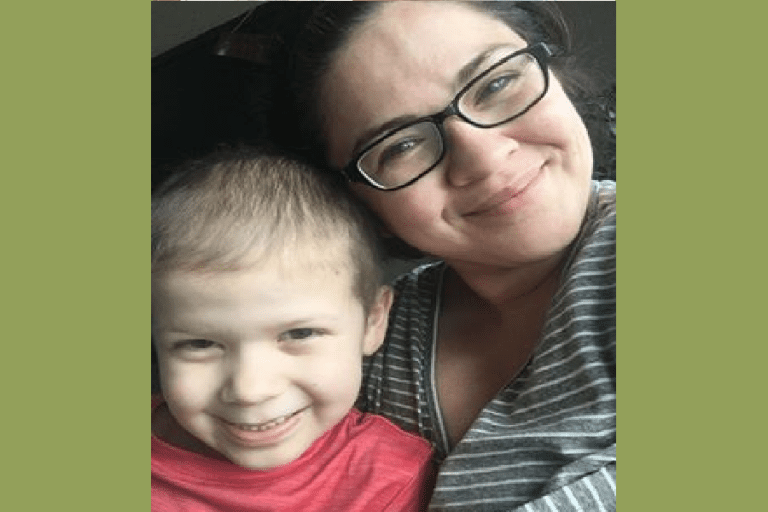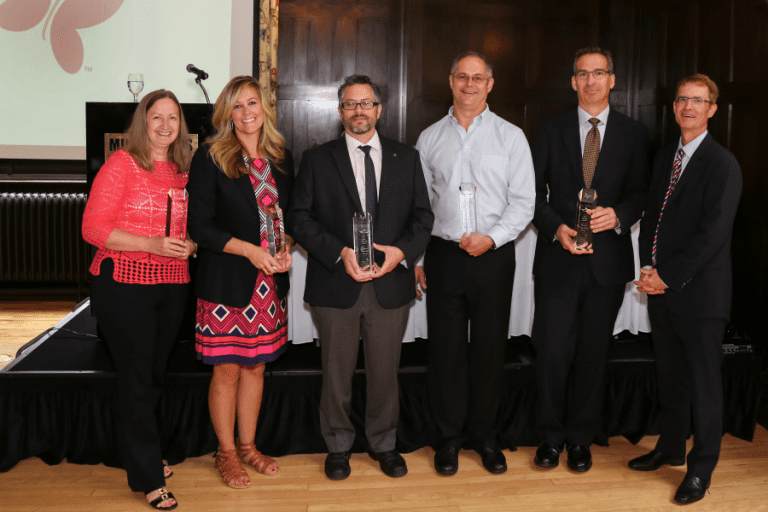“Sarcoma is a tragic disease,” says Michael Verneris, MD, professor, Pediatric Blood and Marrow Transplantation, University of Minnesota. “It is heart-wrenching to explain to a patient or family that the cancer has recurred.”
A cure does not yet exist for relapsed sarcomas in children, yet Dr. Verneris is energized by the results that he and his colleagues are seeing in the laboratory and in studies involving pet dogs with hemangiosarcoma.
Like Ewing sarcoma, osteosarcoma and rhabdomyosarcoma in children, hemangiosarcoma in dogs is difficult to treat because it is aggressive and progresses rapidly.
“Our interest was piqued when Dan Vallera, a professor in the Department of Therapeutic Radiology, told me about a compound he made to test in adult cancers,” says Dr. Verneris. Vallera specializes in the design and development of new anti-cancer drugs.
“I asked him to try some in pediatric sarcoma cell lines, and it was highly effective. It was a very early ‘aha’ moment for us, and I realized we had something here.”
Researchers recently tested this compound in dogs, resulting in significant improvement in the expected survival of dogs with hemangiosarcoma. “We are really excited about it and are charging ahead with additional studies in mice, comparing two different compounds,” Dr. Verneris adds.
The compounds are targeted immune toxins that recognize cancer cells to destroy them. These drugs are made up of a growth factor—a substance that stimulates the growth of cells and tumors needed to survive—along with a toxin or a poison.
As the growth factor binds to the cancer cell, it takes the toxin along with it, selectively killing the cancer.
“We hope the results of these studies will help us soon bring these therapies to children with sarcoma,” Dr. Verneris says.
In the lab, Kristy Pilbeam, MD, a University of Minnesota fellow funded by Children’s Cancer Research Fund, is working on this project. She is determining how these compounds develop and is testing new drugs.
Additionally, she is engineering tumor cells so that researchers can follow the response of the tumors in the treatment in living animals.
“Once we establish effective targeted tumor reduction in the lab, our goal is to move this therapy into a clinical trial,” says Dr. Pilbeam. “Even more exciting is the potential this project has for further development. If successful, these targeted therapies could be used as a potential first-line treatment along with traditional chemotherapy to improve cure rates for pediatric sarcoma and other cancers.”
“It’s a super exciting time,” Dr. Verneris added. “The landscape for sarcomas is changing. I hope our research will help children and adults with no other options.”




